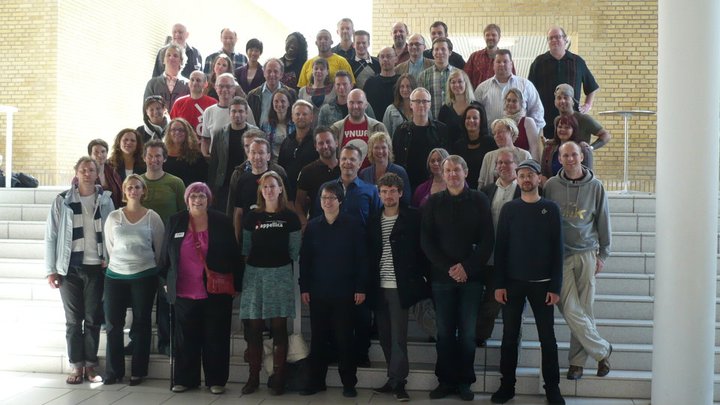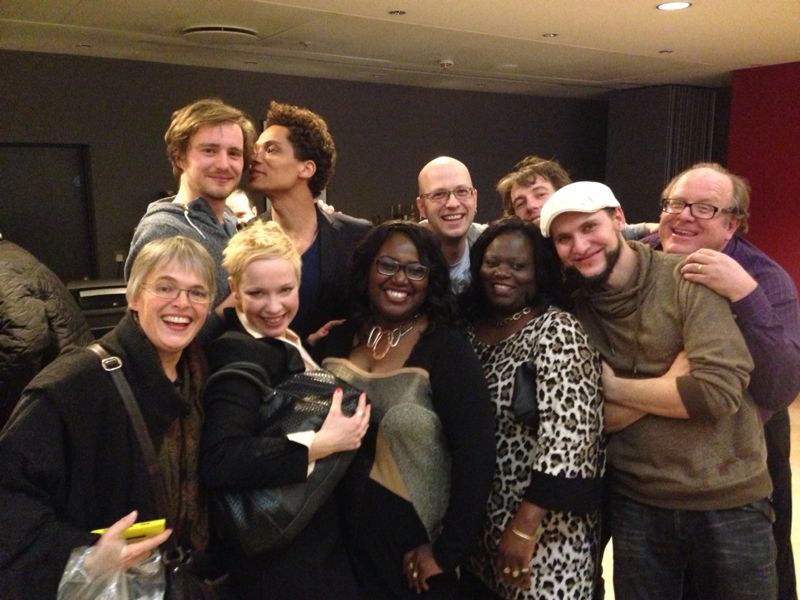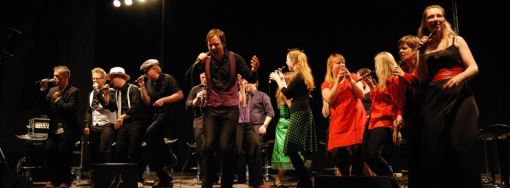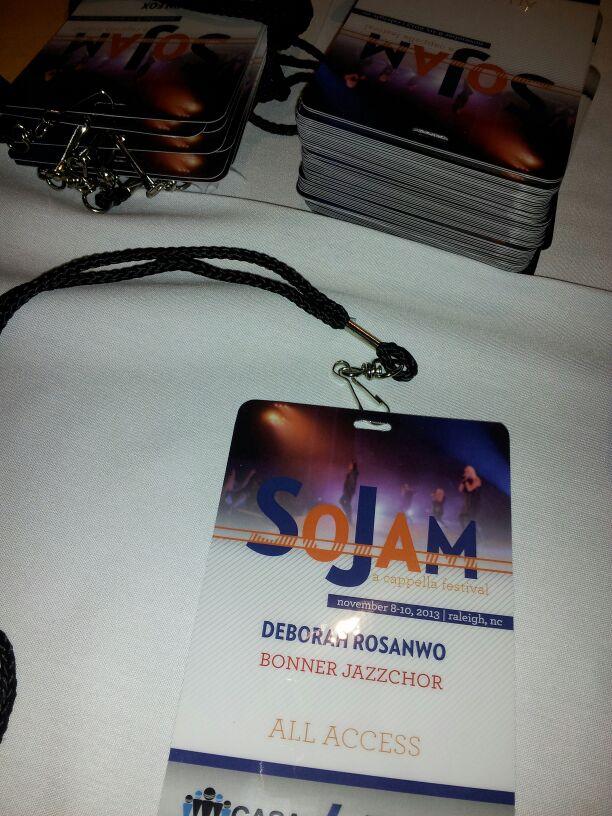I remember very well the „EVA Initiation Meeting“ we had in Aarhus 2011. So many brilliant ideas about Contemporary a Cappella gaining mainstream acceptance and being part of school’s curricula across the European borders. The big brains behind it …Volker Bauer, Florian Städtler, Jim Daus Hjernoe and Peder Karlsson to mention a few have slowly but surely been working on strategies, drawing talented musicians and music educators into the boat and networking across the whole of Europe. It is more than time for the people who this will most benefit to also jump on board and set sail.
I have been a member of CASA for the past 2 years and have seen what this brilliant organization is doing for Contemporary a Cappella in the US and worldwide. Of course it’s main focus is on the development of collegiate and high school a Cappella… this is their tradition. The TV series Glee, the Sing Off and the film Pitch Perfect served as a rush of oxygen for the new „in“ trend contemporary A Cappella.
Having visited SoJam, the largest a Cappella festival in the USA last November I appreciated even more what our European festivals have to offer and realized that not only our festival culture but the very essence of European folklore, sounds and music awareness and the growing enthusiasm of the youth for contemporary acappella needs structure and representation.
The CARAs – Contemporary A Cappella Recording Awards – have shown that over the past few years the sheer diversity and development of European a Cappella and it’s influence even on American a Cappella cannot be ignored. Of course I can now shamelessly plug my choir’s own nomination for this year’s CARA in the category Best Folk/ World Song. The Bonner Jazzchor is an amateur choir with 35 members influenced by singer/ songwriters from Scandinavia to North America and with a taste for unique interpretations of German folk songs. Mostly acoustic, hardly any vocal percussion and we were still nominated with “ Kein Schöner Land“ alongside professional ensembles like the Swingles, Amarcord and Br6. This goes to show that „Diversity“ is the name of the game and Europe has plenty to offer!
It is time to extend an invitation to the Pop and Jazz choirs, advertise EVA at all festivals and competitions. For example in Germany get the „Chorverbände“ on board. EVA must become a household word among Contemporary Aca nerds so it’s time to wave the flag and get the singers and existing institutions interested. If not, EVA might remain an intellectual baby and that would be a crying shame.










